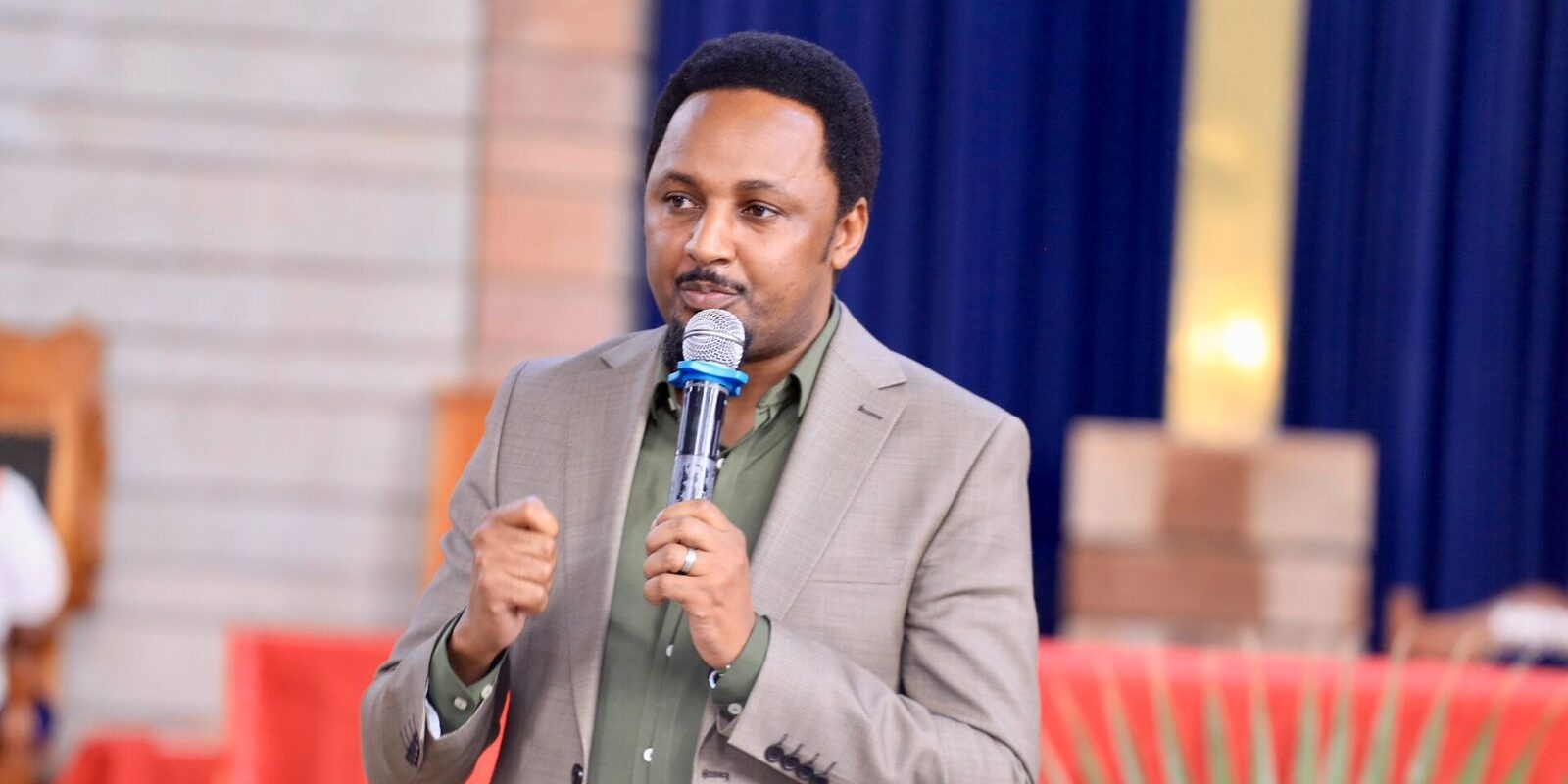The June 2024 public protests in Kenya against governance issues brought to the fore the place and role of citizen-led efforts to create and consume media content.
Approaching the organisation of the series of country-wide public demonstrations through mass mobilisation done effectively on digital platforms, the masses have proved the significance of social media in creating spaces for conversation on national issues.
It was a climax for long discussions around the need for the country to shift its regulatory approach of the media and communication space.
The current regulation framework is not suited to the needs of the media and communication sector. That old policymakers sitting in boardrooms and coming up with laws and administrative codes to regulate or rather determine which media content people will generate or consume-be it harmful or useful is long gone, even remotely thinking about self-regulation in the traditional sense of the word is impossible.
The old will be forced to make laws and administrative codes for old/traditional media they were used to, when the world has moved, media operation and consumption trends have changed, which will make the laws outdated almost immediately.
The digital platforms and its user-generated content approach has democratized the media and communication space, that pure government control or voluntary self-regulation is insufficient- it now calls for multi-players or coalition arrangements bringing together governments, platform providers, journalists, civil society, regulations, and other sections of the non-state actors through loose stakeholder structures.
The gatekeepers in the media and communication space in the country just like in the rest of the world has tremendously changed and as an earlier study by the Media Council of Kenya on the impact of technology on media practice in Kenya established; “access to mobile and digital technologies and their increasing application in Kenya have had numerous consequences on media production, dissemination, reception and consumption.”
“From a consumer perspective, it is abundantly clear that their consumption of, and interactions with media is enriched thanks to technology. Ordinary people can participate in media productions. The developments mean they can consume and produce content (user-generated content, and now they are aptly referred to as prosumers) and sometimes inform. This active involvement means they can challenge mainstream media dominance.
Some of the marginalised communities, or those who feel their issues are hardly given space in mainstream media, can utilize the technologies to articulate their issues. The rise of citizen journalism is built on such premises. Besides, consumers can now become more demanding of media in the sense that they want information or products that are relevant to them”.
Online communication tools such as X (formerly Twitter), Tik Tok, Facebook, Flickr and YouTube have changed the way conversations happen in Kenya.
People previously unable to join national conversation in the media spaces are now increasingly involved in the media business by creating content, conducting mass mobilisation, contributing stories, pictures, and audio-visual material for publication by mainstream media, leading to the growing practice of what is commonly referred to as digital or indeed networked journalism.
In essence, people, can easily ‘tell’ their own stories by side-stepping information gatekeepers or middlepersons who once controlled information and media products.
A number of Scholars (Bakker and Sadaba, 2008, Steur (1994: 84) and Jensen (1998: 201), have discussed how digital technologies have offered users what call so many opportunities and power to determine what they want to consume, ‘the extent to which the user can participate in modifying the form and content of a mediated environment in real-time and ‘let the user exert an influence on the content or form of the mediated communication’.
Away from the traditional fear of harmful content and disinformation through digital media platforms, increasingly with the enactment of data protection, privacy and copyright laws on the continent needs that we enhance data literacy activities.
Truth in the era of technology is the most suffering, and existing regulations and practices seem unable to manage the situation. We need new approaches to dealing with the situation, especially media and digital literacy, away from the fixation on developing new laws, that pose a threat to freedom of expression.
Nations are calling disinformation, or foreign information manipulation and interference (fimi) a global crisis, just like the climate change, radicalisation, world financial crises affecting humanity, and modest approach to the digital ecosystem regulation is unable to solve the problem, and mere citing of community rules and removal of disinformation or hate speech is not any more convincing and adequate.
Governments and players in the sector must engage digital platforms to be educated and skilled in the technical aspects of technology to be able to engage in meaningful content regulation.
Without in-depth and proper skilling, most people will still be left the mercy of tech companies that only provide community rules.
We must move away from only at content moderation and now focus an tech accountability to ensure responsible and useful use of digital platforms.











